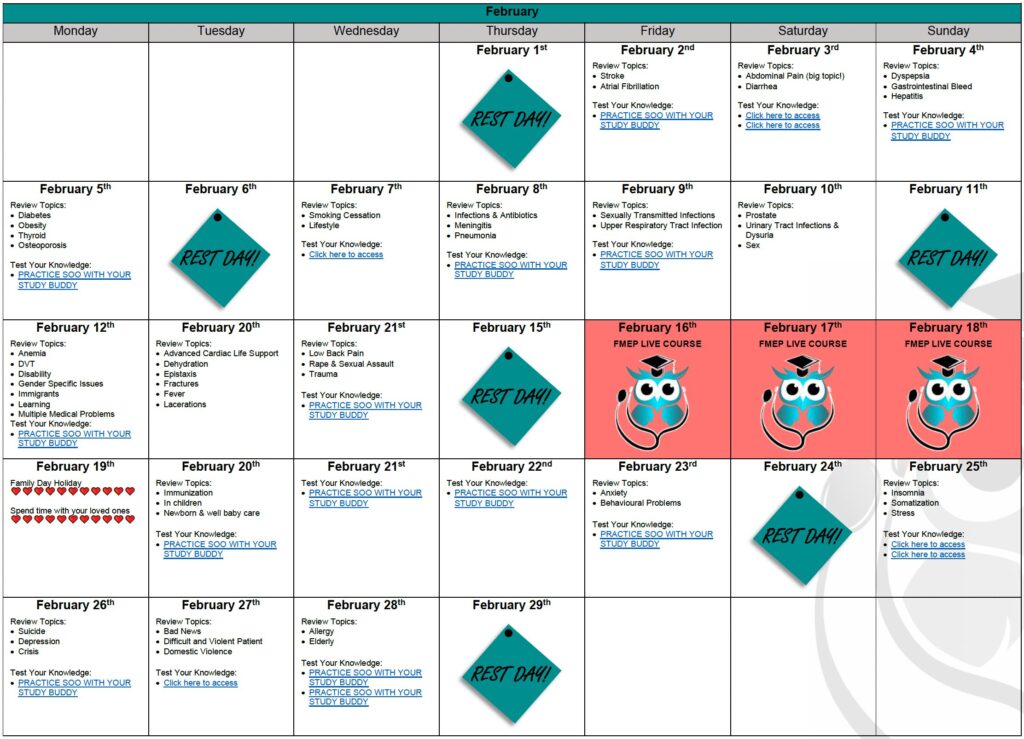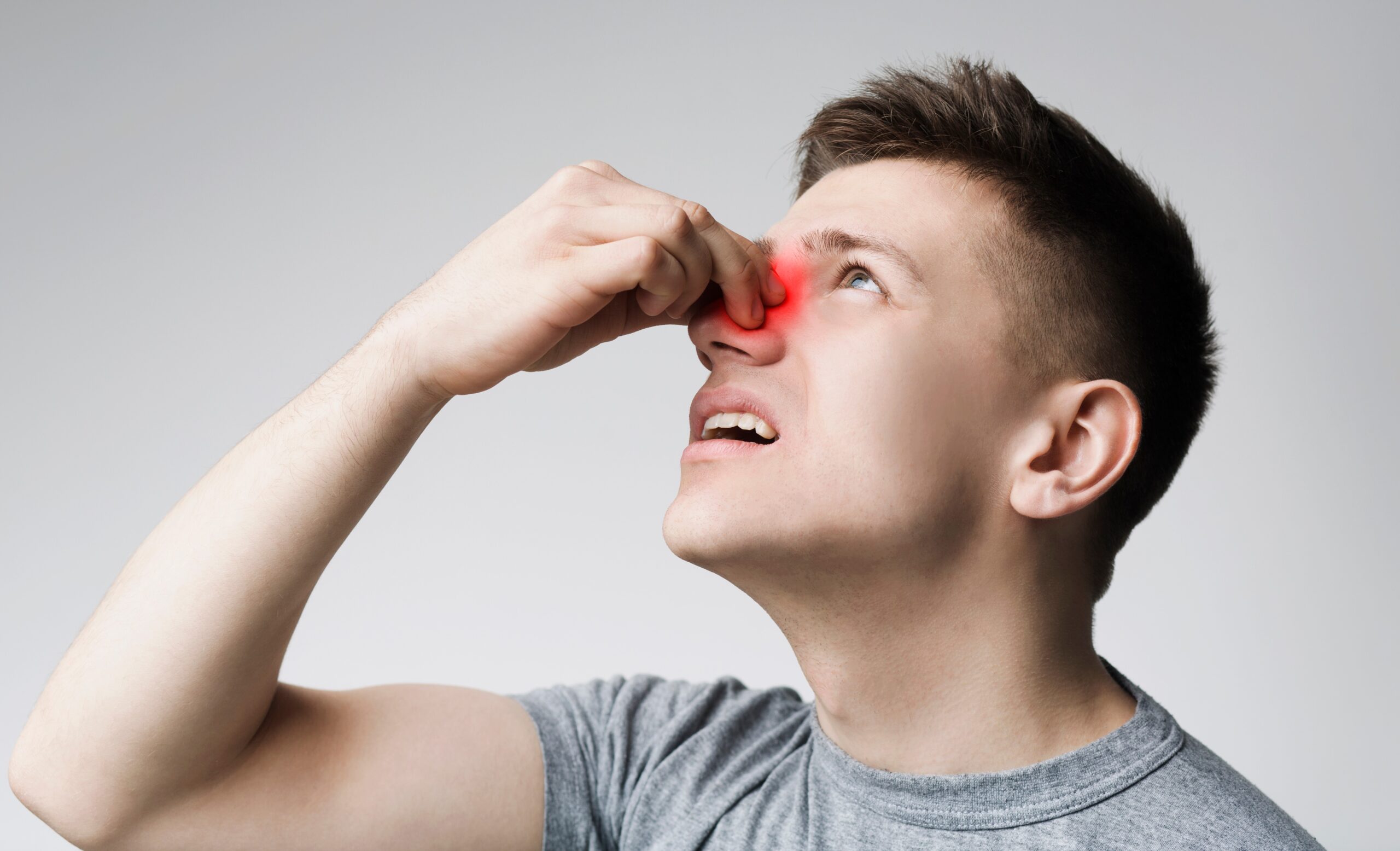
YOUR DETAILED CCFP EXAM STUDY CALENDAR: BE PREPARED!
The CCFP exam is quickly approaching. We know you are juggling many personal and professional...
Comments Off on YOUR DETAILED CCFP EXAM STUDY CALENDAR: BE PREPARED!
Just a reminder… pay attention to the questions. Here are our general tips one more time:
1. Pay attention to the questions. Look carefully at how many items you are being asked to list. If the question asks for five items, you will not get more marks if you list eight items; the examiner will look at the first five and allocate marks only for the first five answers – so be careful. On a SAMP, if it is not clearly stated how many items you should list, look at the amount of points/marks being allocated for the question to get an idea of how many answers the examiner may be anticipating you write down.
2. Do not write lengthy answers. Most questions can be answered in 10 words or less!
3. Be specific when writing down investigations (hemoglobin instead of CBC; CT abdomen instead of CT).
4. Remember that trade names and generic names are both acceptable when writing down medications.
5. For more helpful tips, you can refer to CCFP’s SAMP instructions by clicking here.
SAMP
Mark Mansoor, 37 year old male, comes to the ER with epistaxis. He was at work and started to have a nosebleed from his left nare. He applied pressure for 15 minutes however the bleeding did not stop. He is otherwise healthy and on no medications. (8 points)
1. Apart from applying external pressure to the nostrils, what are three alternative ways to stop anterior nasal bleeds? (3 points)
2. Do you know the steps for anterior nasal packing? Let’s review them!

3. True or false: Compression of the nasal alae with the head tilted forward will stop many bleeds. (1 point)
4. True or false: Anticoagulation is associated with morbidity from epistaxis. (1 point)
5. What are three topics you would like to discuss with your patient to prevent future epistaxis? (3 points)